I am designing a wireless power transfer system based on the Royer oscillator ZVS principle. I based my circuit on the following image, this can be found in the application note [ANP032] page 21. 
The circuit I have designed is given below.

The difference in this design is the following components: D701, D703 and D702 are 1N4148WS diodes with a If of 150 mA; Diodes D705, D704 and D700 are TVS bidirectional diodes 824521601.
The diodes given in the Example are: D701-> 1N5819HW: Io=1 A; D702 & D703-> Rb168M150: Io=1 A; D704 & D705-> Unidirectional TVS diodes 824550781; D700-> Bidirectional TVS diodes 824541151
I noticed that with whatever combination of coils, or capacitors I use for the Resonant frequency, I am only able to read about 0.1 A at the receiver end, with varying voltage levels (depending on the input, coil used for the receiver coil). I have a 200 Ω load on the receiver end. Also with increased current i.e., 2 A on the Tx side, the diode D705 always burns out. My observation was that I may need to change the diodes mainly D701, D705 and D706, but I am just shooting in the dark. Would this be the right assumption or is their something else wrong with the circuit?
The receiver circuit. J600 and J601 are both two pin connectors. 
